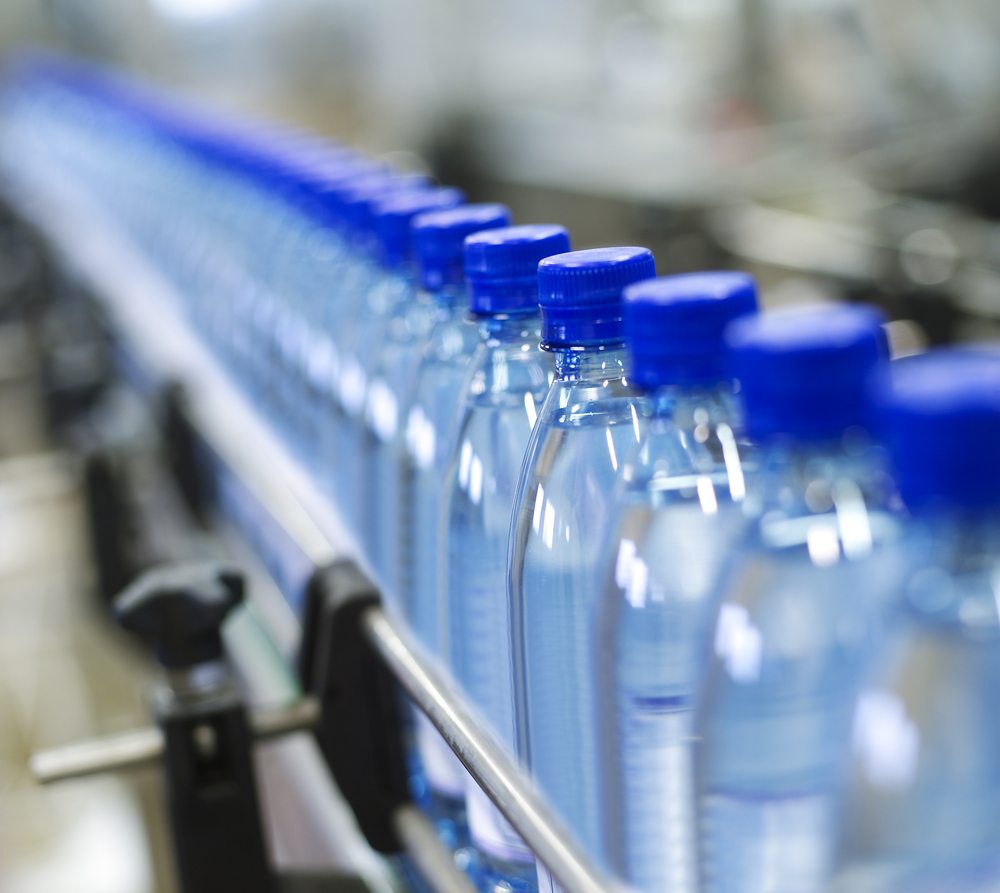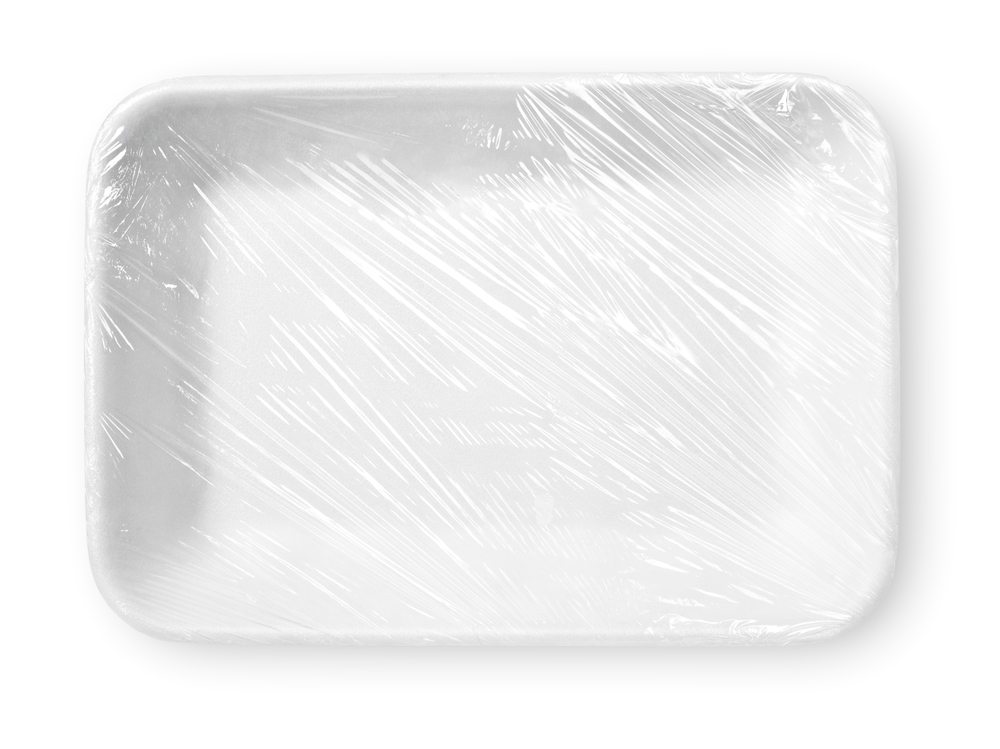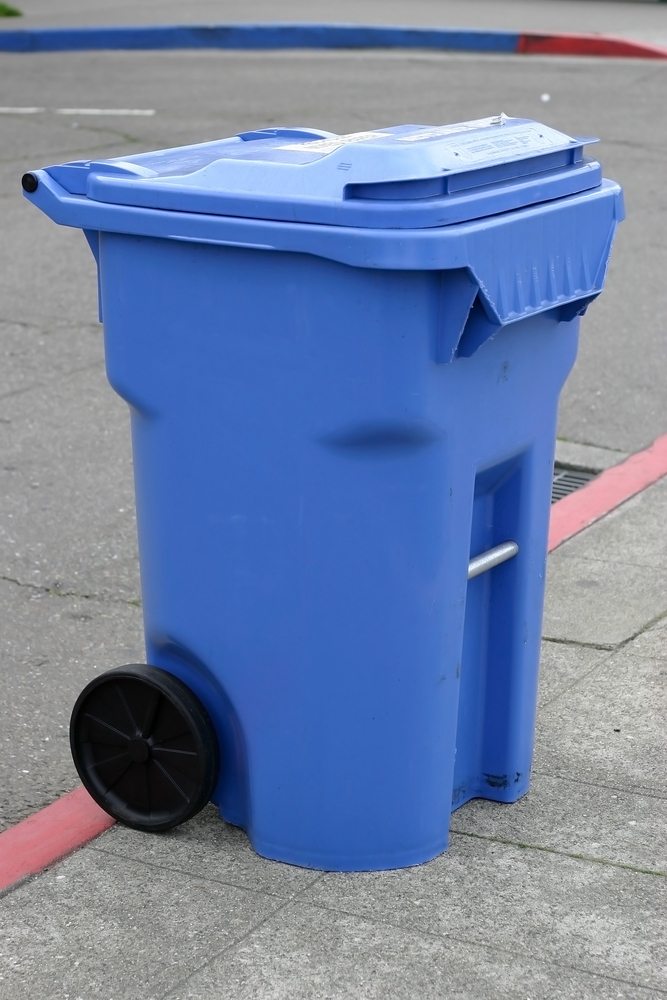 The California legislature passed a bill requiring beverage companies to publicly report the amount of post-consumer PET they use. And a separate piece of legislation sent to the governor extends a plastics-recycling subsidy programs for one year.
The California legislature passed a bill requiring beverage companies to publicly report the amount of post-consumer PET they use. And a separate piece of legislation sent to the governor extends a plastics-recycling subsidy programs for one year.

 The California legislature passed a bill requiring beverage companies to publicly report the amount of post-consumer PET they use. And a separate piece of legislation sent to the governor extends a plastics-recycling subsidy programs for one year.
The California legislature passed a bill requiring beverage companies to publicly report the amount of post-consumer PET they use. And a separate piece of legislation sent to the governor extends a plastics-recycling subsidy programs for one year.
 A growing number of Canadian residents can now recycle plastic film and expanded polystyrene, two materials that have lagged behind plastic containers in terms of recycling access.
A growing number of Canadian residents can now recycle plastic film and expanded polystyrene, two materials that have lagged behind plastic containers in terms of recycling access.
Starting July 1, residents of Toronto will be allowed to put a wide variety of plastic film items in their curbside recycling bins.
 The Closed Loop Fund will provide up to $5 million in financing for projects filling gaps in recycling infrastructure across the U.S.
The Closed Loop Fund will provide up to $5 million in financing for projects filling gaps in recycling infrastructure across the U.S.
 Composite lumber manufacturer Trex is reducing the amount of recycled polyethylene it buys and sells, even while the company continues to post record profits.
Composite lumber manufacturer Trex is reducing the amount of recycled polyethylene it buys and sells, even while the company continues to post record profits.
 The country’s largest consumer of recovered polyethylene film posted record sales in 2015.
The country’s largest consumer of recovered polyethylene film posted record sales in 2015.
An alternative lumber company that’s recently seen financial success is set to sell recycled plastic resin.
Wood-alternative lumber manufacturer Trex has announced its entry into the business of producing and selling linear low-density polyethylene pellets made from recycled material.
 Over the past two years, Coca-Cola has boosted its recycled PET production capabilities by 20 percent, opening facilities and recycling lines in nine different countries. It now uses recycled PET in 24 countries.
Over the past two years, Coca-Cola has boosted its recycled PET production capabilities by 20 percent, opening facilities and recycling lines in nine different countries. It now uses recycled PET in 24 countries.
Composting experts have developed verbiage for possible legislation that states could use to limit claims made on plastic product packaging.
